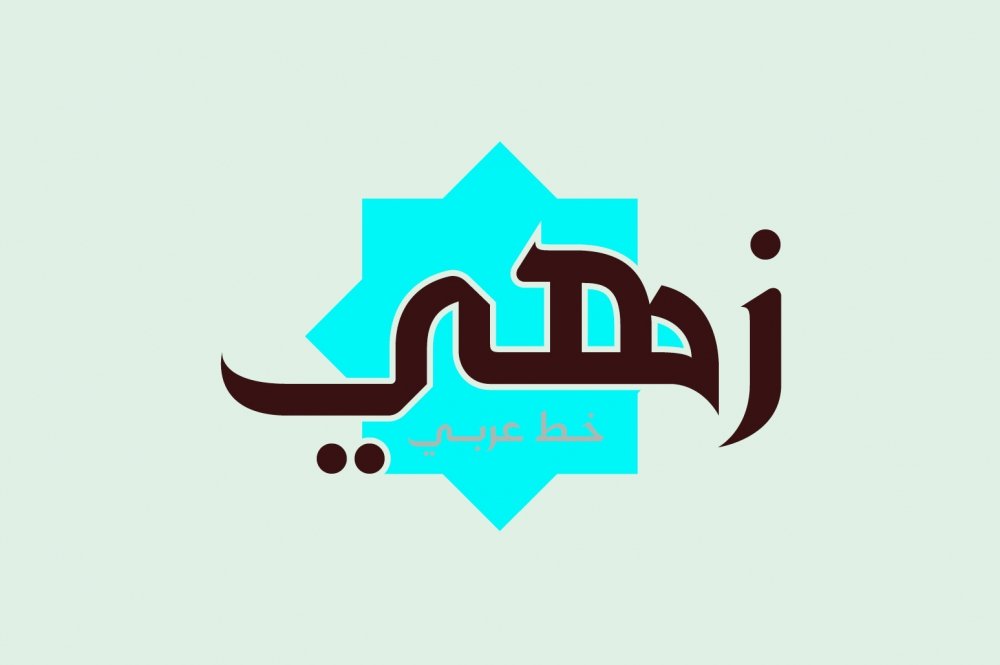Arabic font design is not just about creating beautiful letterforms; it’s about honoring a rich cultural heritage that spans centuries. With roots deeply embedded in calligraphic traditions, Arabic typography serves as a vessel for preserving the essence of Arabic language and culture. Let’s delve into the art of Khadash Arabic brush font design and explore how it pays homage to the vibrant heritage of the Arab world while embracing contemporary design principles.
1. Embracing Calligraphic Tradition
At its core, Arabic font design is a celebration of the art of calligraphy, an ancient craft that has flourished across the Arab world for centuries. From the flowing elegance of Naskh to the bold geometric forms of Kufic, each calligraphic style carries with it a rich history and cultural significance. By embracing these traditions, Arabic font designers pay homage to the master calligraphers of the past, whose skill and artistry have shaped the evolution of Arabic script.
2. Preserving Cultural Identity
Arabic font design serves as a powerful symbol of cultural identity, preserving the linguistic and artistic heritage of the Arab world for future generations. By incorporating elements of Arabic calligraphy, motifs, and symbolism into their designs, designers celebrate the richness and diversity of Arab culture. Whether used in branding, advertising, or artistic expression, Arabic typography becomes a visual representation of cultural pride and resilience, fostering a sense of connection and belonging among Arab communities worldwide.
3. Balancing Tradition with Innovation
While rooted in tradition, Arabic font design also embraces innovation and experimentation to push the boundaries of typographic expression. Designers draw inspiration from both past and present, blending traditional calligraphic forms with modern design techniques to create fonts that are both visually striking and functionally versatile. By striking a balance between tradition and innovation, Arabic typography evolves and adapts to meet the demands of the digital age while preserving the essence of its cultural heritage.
4. Fostering Cross-Cultural Dialogue
Arabic font design serves as a bridge for fostering cross-cultural dialogue and understanding, inviting audiences from diverse backgrounds to engage with Arabic script. Whether used in literature, art, or design, Arabic typography transcends linguistic barriers to evoke a sense of wonder and curiosity in viewers of all cultures. Its intricate beauty and universal appeal serve as a testament to the power of art to unite people across borders and boundaries, fostering mutual respect and appreciation for the cultural diversity of the Arab world.
5. Inspiring Creativity and Expression
Above all, Arabic font design inspires creativity and expression, empowering designers to tell stories and convey messages in visually compelling ways. By harnessing the beauty and complexity of Arabic script, designers create typography that captivates the eye and stirs the imagination. Whether through elegant calligraphy, bold lettering, or innovative typefaces, Arabic font design offers endless possibilities for artistic exploration and self-expression, enriching the visual landscape with its timeless beauty and cultural significance.
Conclusion
In conclusion, Arabic font design is more than just a visual medium; it’s a celebration of Arabic heritage and culture. Through its embrace of calligraphic tradition, preservation of cultural identity, balance of tradition and innovation, fostering of cross-cultural dialogue, and inspiration for creativity and expression, Arabic typography serves as a powerful symbol of cultural pride and artistic excellence. As we continue to honor Arabic heritage through the art of font design, let us celebrate the richness and diversity of Arabic script and its enduring legacy in the world of typography.



